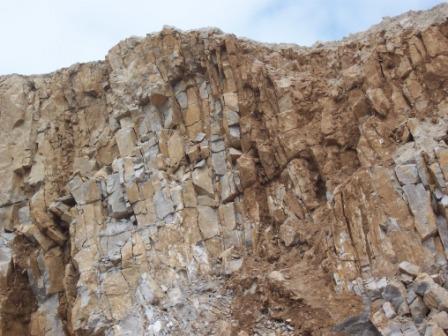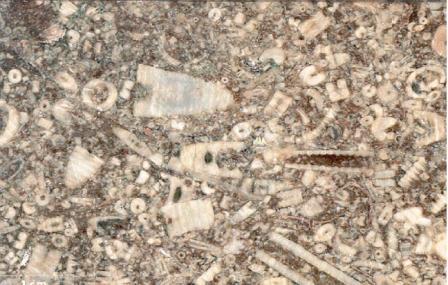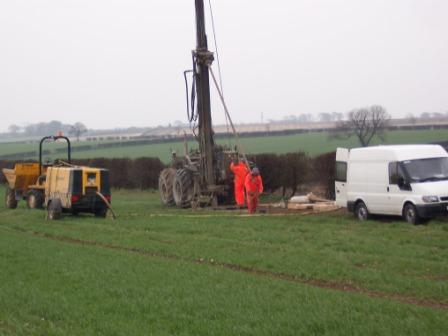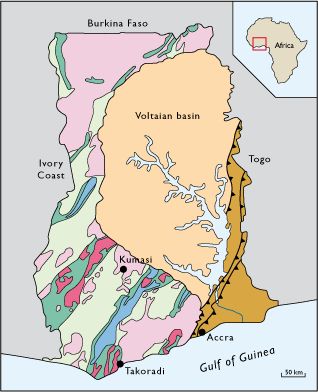Arthur
M Harrisson Ltd
Exploitation of a new limestone deposit for cement
manufacture.
Contact
Home Background
Raw Materials
Chalk Cement Chemistry
Secondary Raw
Materials Clinker Microscopy
Quality Solutions
Limestone
is the primary constituent raw material
for cement
manufacture. While
most limestone
deposits are suitable for cement making, there are some characteristics
of limestone
which need to be defined in order to establish a usable raw material
supply. These
relate to compositional
requirements and also the consistency of the deposit in chemical and
physical
terms.
suitable for cement making, there are some characteristics
of limestone
which need to be defined in order to establish a usable raw material
supply. These
relate to compositional
requirements and also the consistency of the deposit in chemical and
physical
terms.
As well
as limestone, other raw materials are required to
manufacture cement clinker. These
are commonly clay or shale, sand and iron oxide. Not all these are required
in all cases, but
their availability needs to be known to determine what qualities of
cement can
be made from the limestone deposit.
In
many plants these materials can be made available from the by-products
from
other industries, such as fly ash from power stations to replace partly
or
wholly the clay component or waste materials from the steel industry
including
slags and oxide rich sludges.
 Approach
Approach
My
expertise is in the
materials involved in making cement and concrete and the process which achieves this. The
advantage
of looking at raw materials in this light at a very early stage is that
an assessment of the likelihood of a successful project can be made
before expenditure of considerable sums on detailed geological and
engineering examinations.
Initially
it is necessary to
determine the quality of the
deposit in terms of chemistry, consistency, geometry, accessibility and
influence on the water table. If there is no available
information then a geological survey including a set of broadly spaced
boreholes will be necessary. However, for a deposit to have
been
considered seriously as a source of cement raw material there will
generally have been some previous exploration and it is necessary to
access all possible data concerning the potential resource
accessibility and
influence on the water table. If there is no available
information then a geological survey including a set of broadly spaced
boreholes will be necessary. However, for a deposit to have
been
considered seriously as a source of cement raw material there will
generally have been some previous exploration and it is necessary to
access all possible data concerning the potential resource
In this preliminary desk study, in
conjunction with publically available or commercial geological data any
available borehole
data are assessed for:
- Chemistry, found from the
analysis of cores
recovered from drilling the deposit.
- Consistency, also found from
the
core analyses
as well as a study of available geological data from national surveys,
commercial explorations etc.

- Determination of the
deposit geometry. Are
the available boreholes sufficiently
close to interpret the shape of the deposit underground? (For example is the deposit
undulating, or dipping
or thinning in any direction?) or are further drillings necessary to
discover
this?
- Accessiblity, including
the depth of overburden,
if any, the presence of geological faults, the nature of the ground in
terms of
the ease of building quarry roads or whether transport by conveyor may
be
necessary etc.
It
is also necessary to discover
whether exploitation of the
deposit will have an effect
on the water table in the location.
This
will have a bearing on the ease of extraction, but will also affect the
local
area and
liaison with local authorities will be necessary.
Once the above are
satisfactorily established
further expertise is required and a quarry plan
needs to be established for two
purposes.
1.
The
local authorities in most parts of the world
will require a five year (or longer) plan of
how
the deposit is to
be worked for
environmental reasons.
2.
The
quarry manager needs to have a plan of how
to operate the quarry in order to
provide the optimum
quality of product to the
cement plant over the life of the quarry.
This
is vital in order to prevent
exploitation of the
easier parts of
the quarry in the short
term then
leading to
serious problems
for the later
part of the life of the quarry.
The quarry plans are best managed by means of
computer
software which collects data both from the initial drilling
programme and from
the ongoing exploitation of the quarry as further data is made
available from exposure
of quarry faces and dusts made available from drilling for explosive
charges. This
software is widely available commercially, but requires
geological expertise to
establish and
maintain.
A Harrisson 2011
 Approach
Approach Approach
Approach
